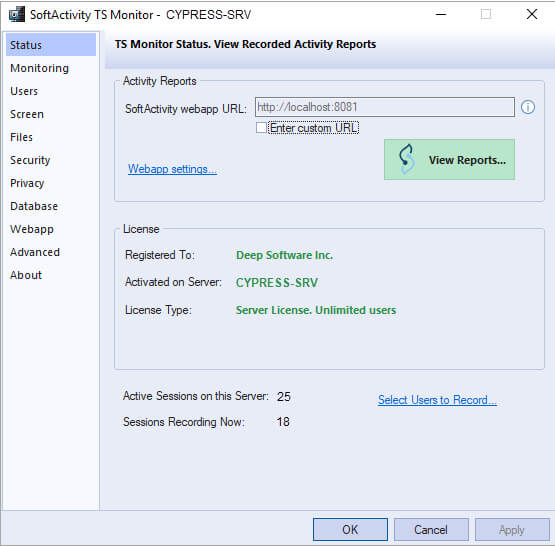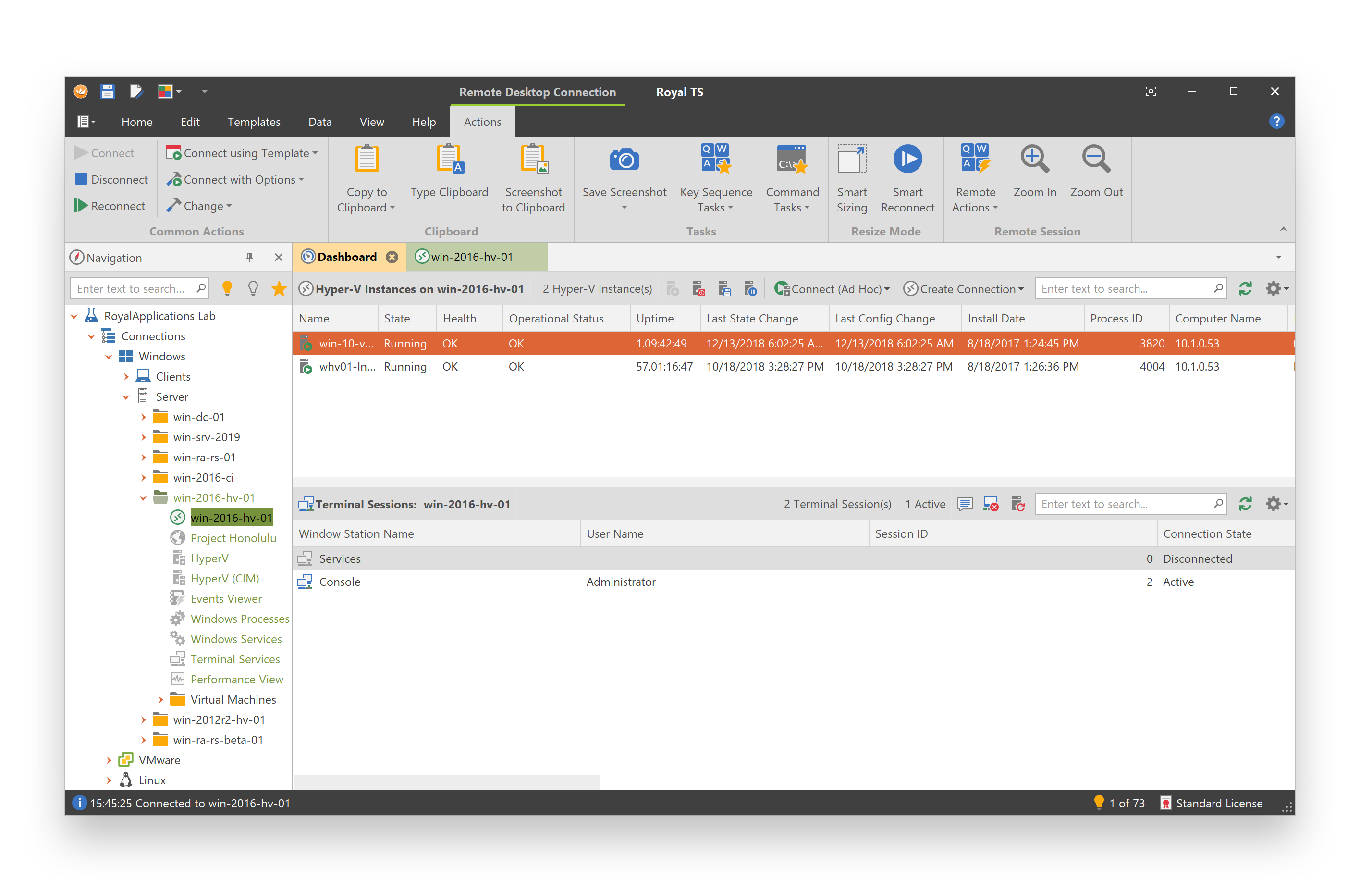

- #SERVER 2016 REMOTE DESKTOP KEEP SESSION ALIVE DRIVERS#
- #SERVER 2016 REMOTE DESKTOP KEEP SESSION ALIVE DRIVER#
- #SERVER 2016 REMOTE DESKTOP KEEP SESSION ALIVE WINDOWS#
If your computer is connected to one of the 1-4 LanPorts and you are using the Comcast Gateways internal DHCP server, this will be 10.1.10.XXX. Find the IP address of the computer on your home network that you want to connect to. RDP session will be closed on you, and once that happens, you will be able to stream from that Steam session via Steam streaming. Make sure Remote Desktop is able to communicate through your firewall and it is Win7 public accessible. This will take your current session and move it to the console. So start Steam and run a batch file with the above as administrator. A window appears and then click on the Remote tab. The problem appeared especially when distributing changes with WATO in a distributed setup. Of course, you need to make sure that the system is not configured to go to sleep after a period of time.
#SERVER 2016 REMOTE DESKTOP KEEP SESSION ALIVE WINDOWS#
Replace my_username and my_password with your Windows username and password. 1 day ago &0183 &32 To set the SSH keep alive option on the server: Log in as root. Basically, anything that doesnt need direct user interaction should be able to continue on even while your remote desktop session is suspended. Here is a handy script to turn your RDP session into a console session:įor /f "tokens=3" %%a in ('c:\windows\system32\qwinsta my_username ^| findstr /v "ID"') do tscon %%a /password:my_password /dest:console Unfortunately, for Steam streaming to work from an RDP server, the session has to be promoted to a console session. So it’d be really handy to get this working with Steam streaming. There is one major limitation to this – RDP only supports absolute rather than relative mouse movements, which means it is an unsuitable solution for some types of games, such FPS. Overall, this works much better with Windows Server 2016 than it did with Windows 10, but the process to get it set up is the same. There is an easy ways to tell when hardware encoding drops out: The image quality will improve dramatically (Nvidia hardware encoding is is a bit blocky under a gaming workload), but the frame rate will tank because all of the CPU gets eaten by Windows’ built in H.264 encoding. The experience so far is pretty good, and I haven’t noticed any hardware encoding dropouts.

#SERVER 2016 REMOTE DESKTOP KEEP SESSION ALIVE DRIVER#
The studio driver of the exact same version, unfortunately, refuses to install.
#SERVER 2016 REMOTE DESKTOP KEEP SESSION ALIVE DRIVERS#
Eventually after a lot of bisecting updates, I found that the very latest series of drivers before 49x+ – the 47x series “gaming ready” does in fact work. Keep-Alive interval: 1 Hope this helps and please help to accept as Answer if the response is useful. Configure keep-alive connection interval Enabled.

But I randomly tried the latest 3xx series drivers which support the GeForce GTX 10xx cards I use, and those worked. Computer Configuration Administrative Templates Windows Components Remote Desktop Services Remote Desktop Session Host Connections. One interesting obstacle is that the latest Nvidia drivers (49x+) don’t work on Windows 2016 server. So I started looking at Windows Server 2016. I’ve recently been trying to put together a remote gaming setup, and while I got it to work with Windows 10, the hardware H.264 encoding was a little flakey – it would drop out all the time at higher resolutions, and only one user could be logged in at the same time.


 0 kommentar(er)
0 kommentar(er)
